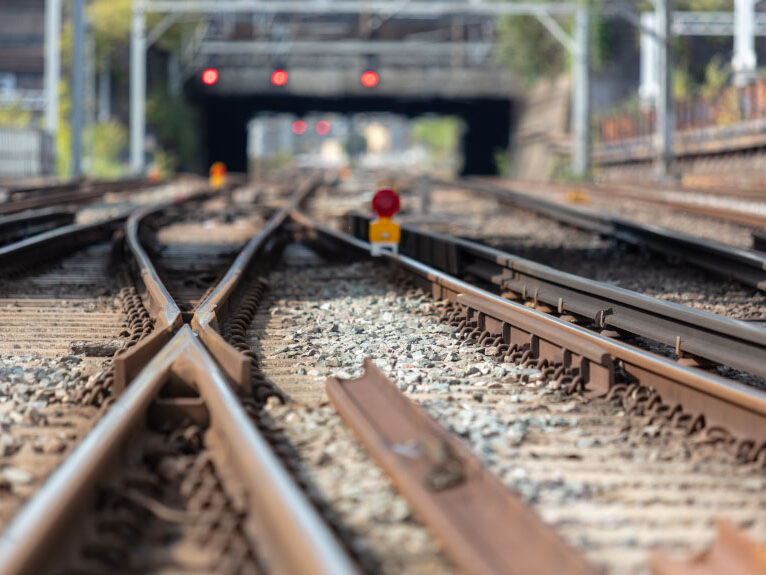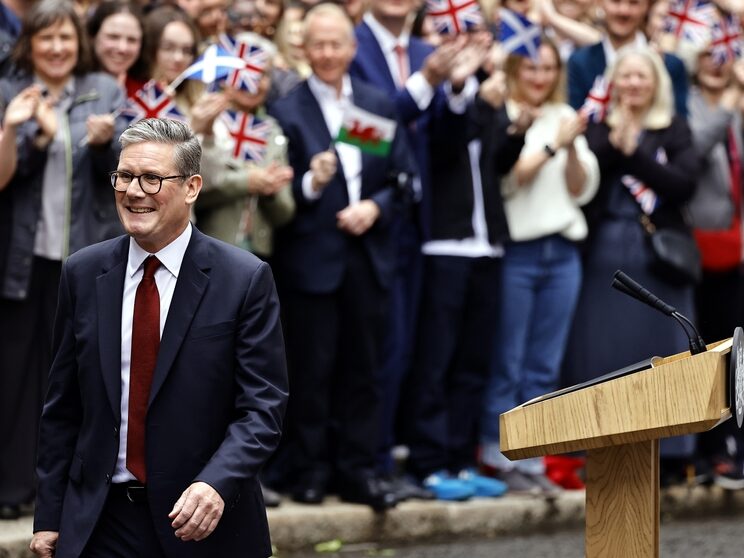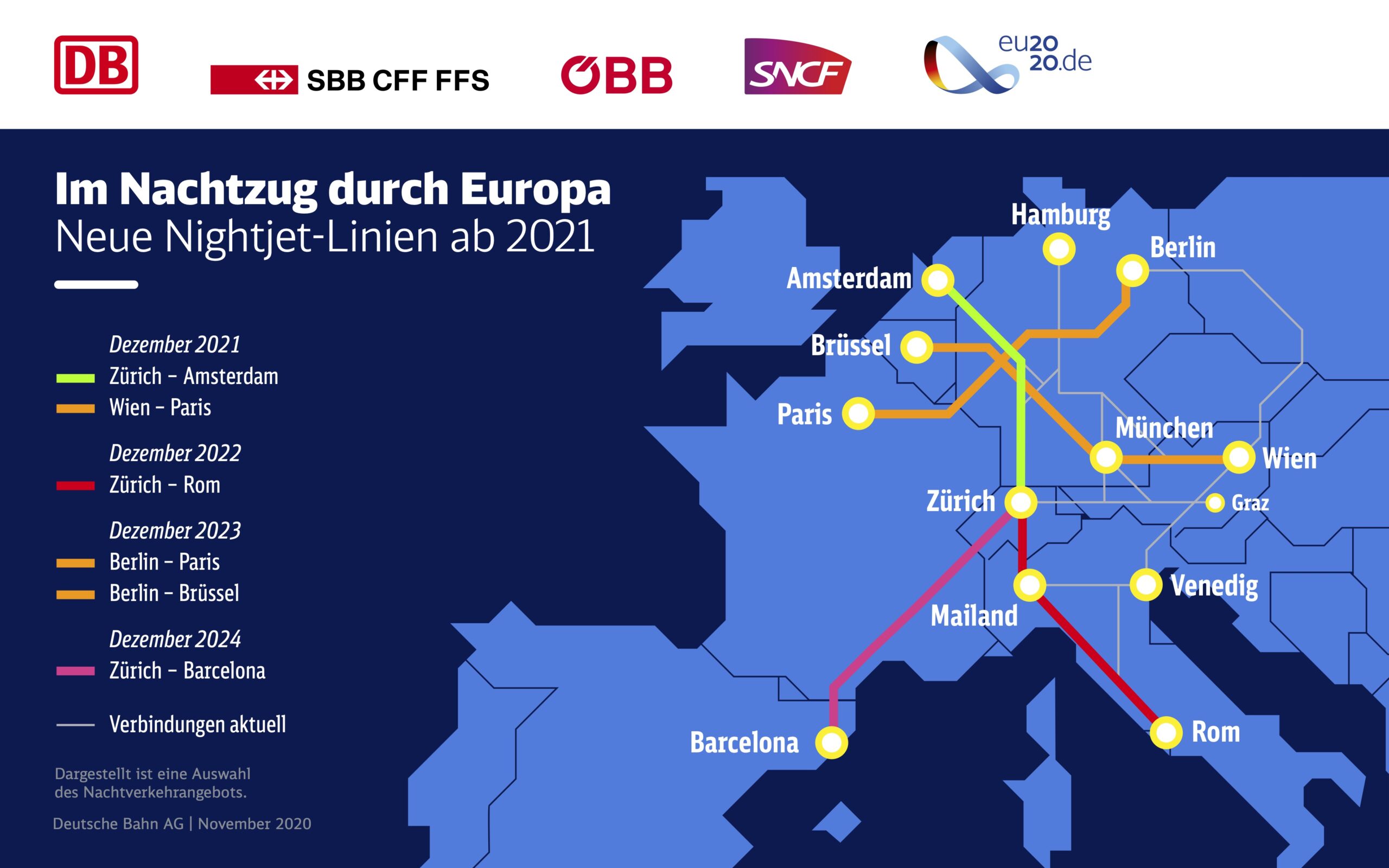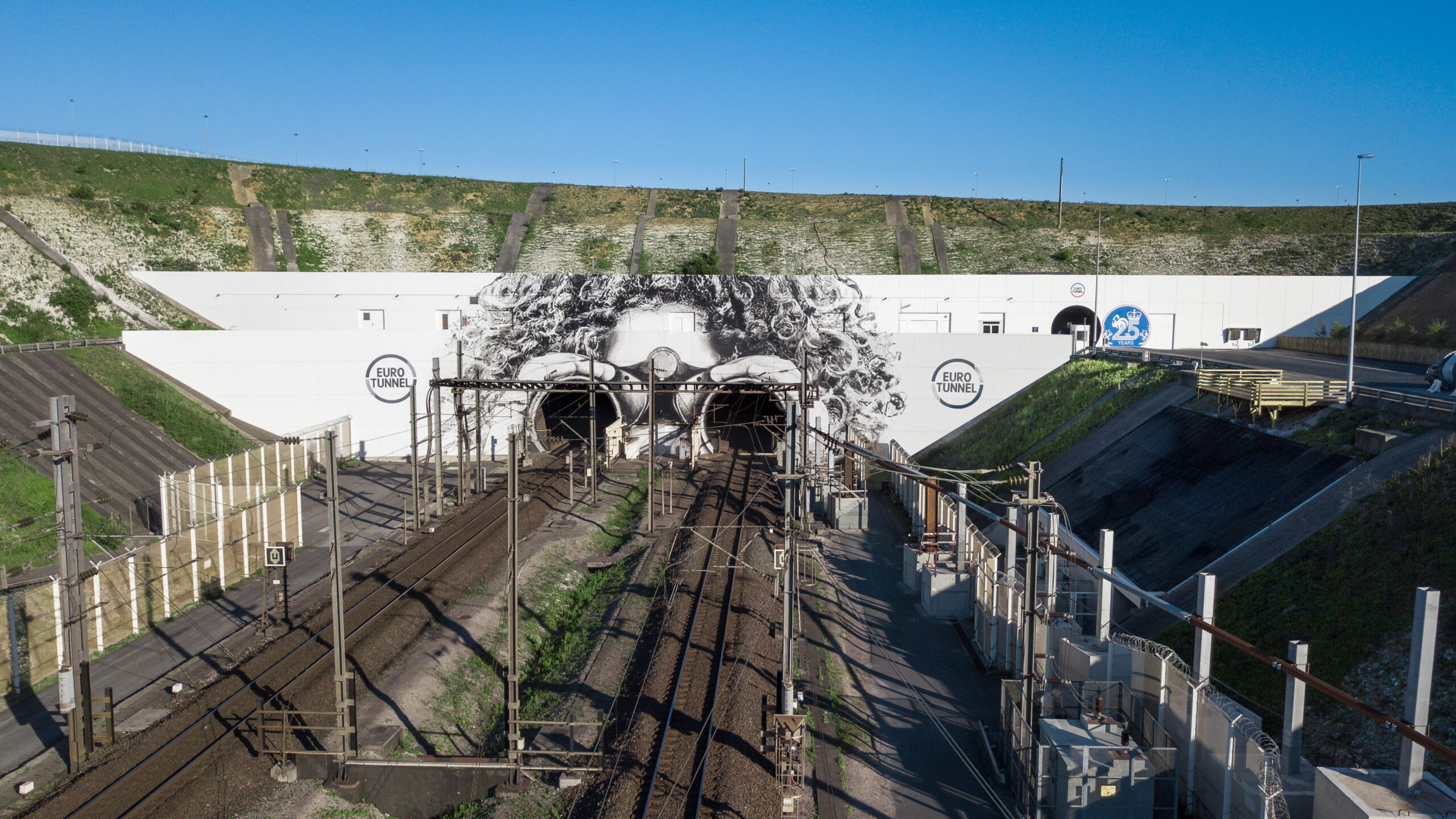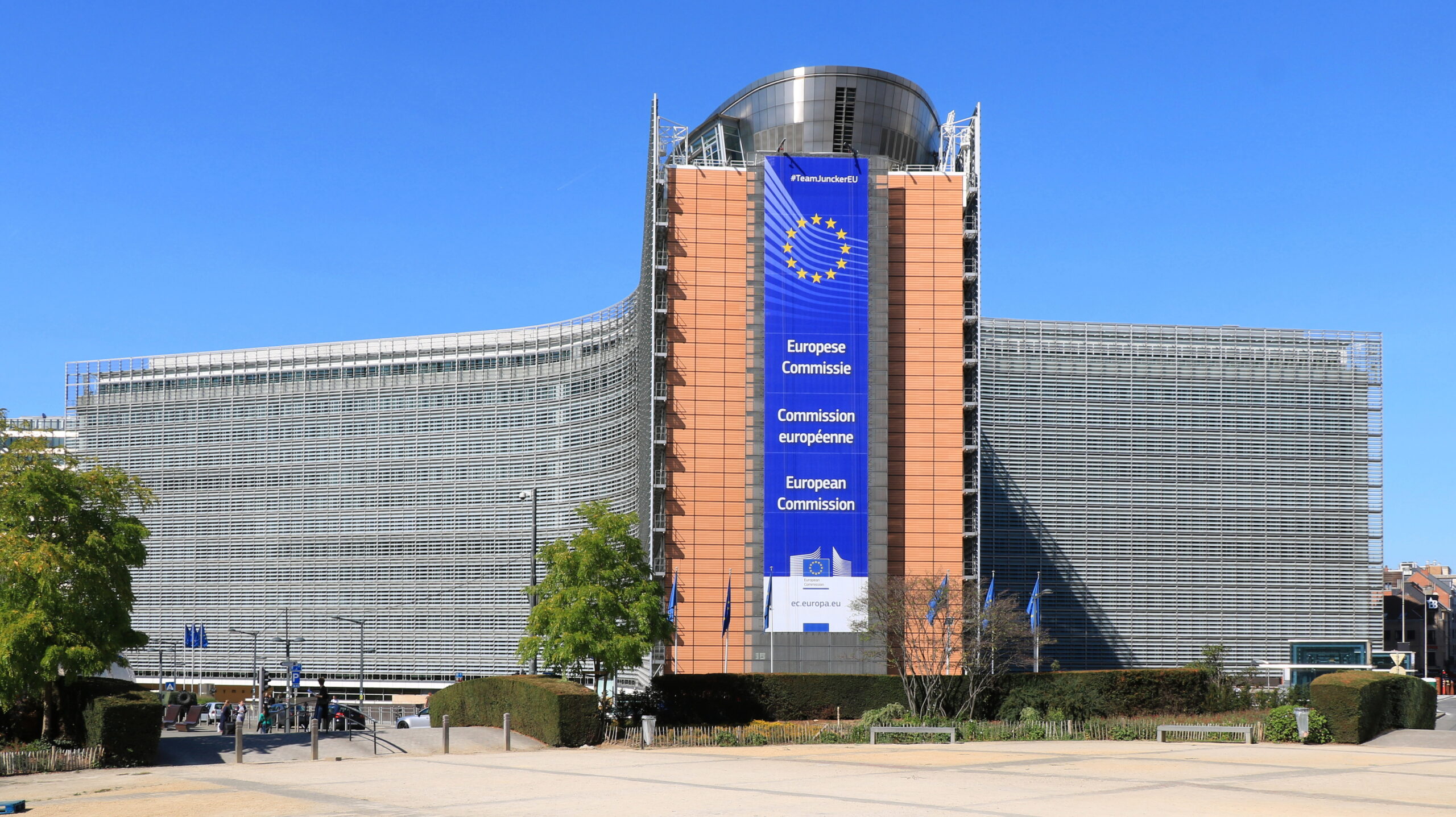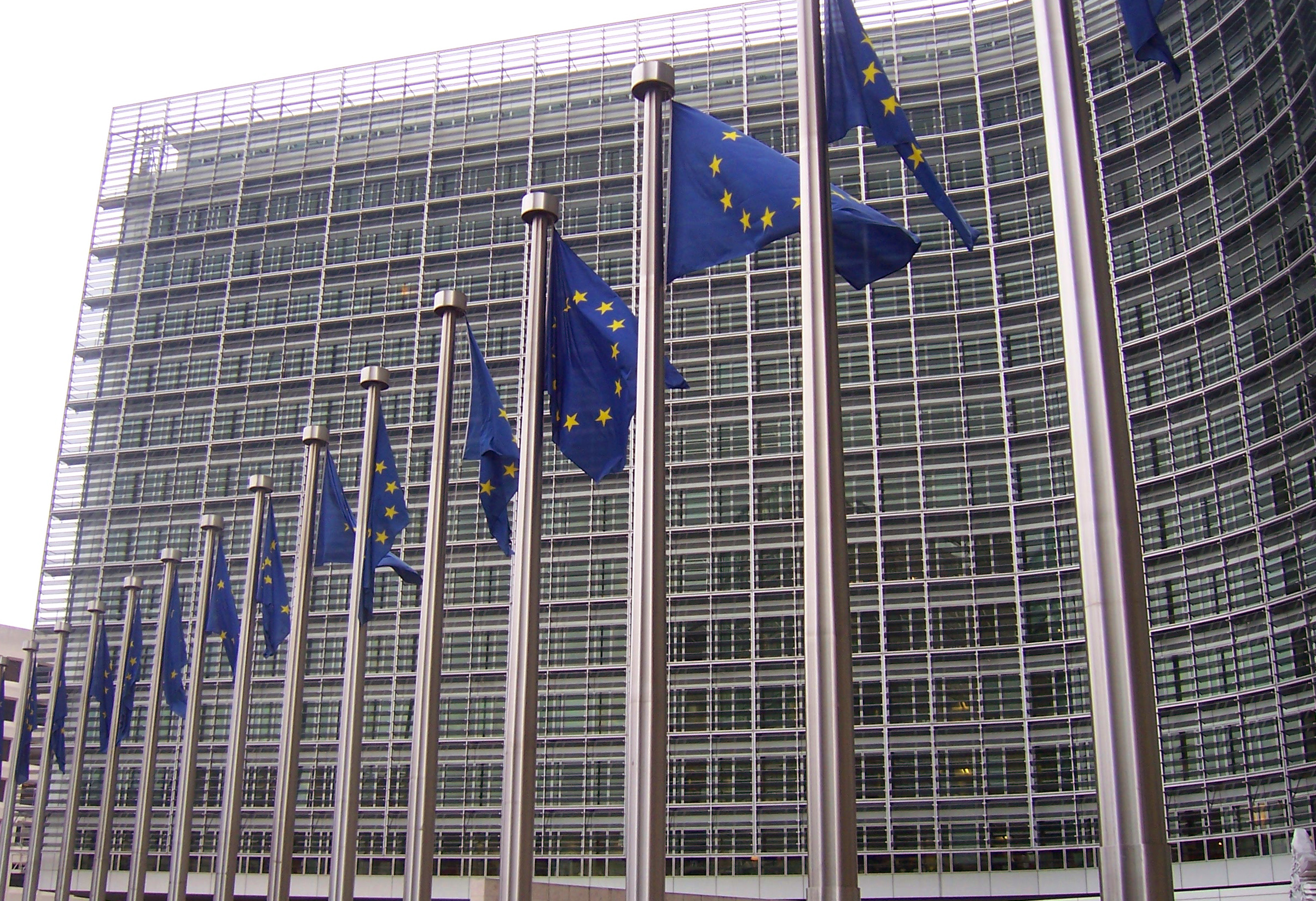The European Commission has published the seventh monitoring report on the development of the rail market in the European Union, covering data from 2015 to 2018.
The data also includes figures from EEA member Norway and former EU member the United Kingdom. Because of the date range of the figures, this current report does not contain any data on the coronavirus pandemic.
These are the report’s main findings:
- rail traffic increased annually by 2.5 percent for passengers and 4.1 percent for freight
- rail’s modal share of land transport increased from 7.6 percent to 7.8 percent for passengers and decreased from 18.8 percent to 18.7 percent for freight
- rail was responsible for only 0.4 percent of both greenhouse gas and CO2 transport emissions and 2 percent of transport energy consumption in 2018
- between 2015 and 2019 the length of the high-speed rail network increased by 17 percent to 9,100km
- 855km were electrified between 2015 and 2018 (+1.2 percent), so that 56 percent of the EU rail network is electrified
- the total length of track classed as congested more than doubled
- railway undertakings had more than 1,082 active licences in 2018
- the average market share of competitors to national incumbents in 2018 was:
- 42 percent of rail freight markets (up by 8 percentage points)
- 10 percent of commercial passenger markets (up by 2 percentage points)
- 16.2 percent of public service obligation passenger markets (down by 0.5 percentage points)
- rail is still one of the safest transport modes, with cars being almost 50 times riskier than train travel
- at the end of 2018 just over 916,000 people were employed in the rail sector (527,000 in railway undertakings, 389,000 by infrastructure managers)
- Estonia is the only country where more than 50 percent of the RU and IM workforce is female
The report noted that every year rail moves 1.6 billion tons of freight and 7.1 billion passengers and that greater use of rail is vital to satisfy the demand for more sustainable transport, helping to achieve the objectives of the European Green Deal. However, the rail market still needs to become more punctual and reliable by increasing its customer orientation and making better use of innovation, it said. Further, it has to become more efficient and affordable.
In order to achieve these goals, the report outlines the EU’s four objectives in this area:
- a competitive market
- improved cross-border rail services
- better rail infrastructure performance
- more customer orientation
The report concluded by saying that “The European Year of Rail 2021 will further support efforts to increase the share of passengers and freight moving by rail, sharing knowledge and best practices.”

















